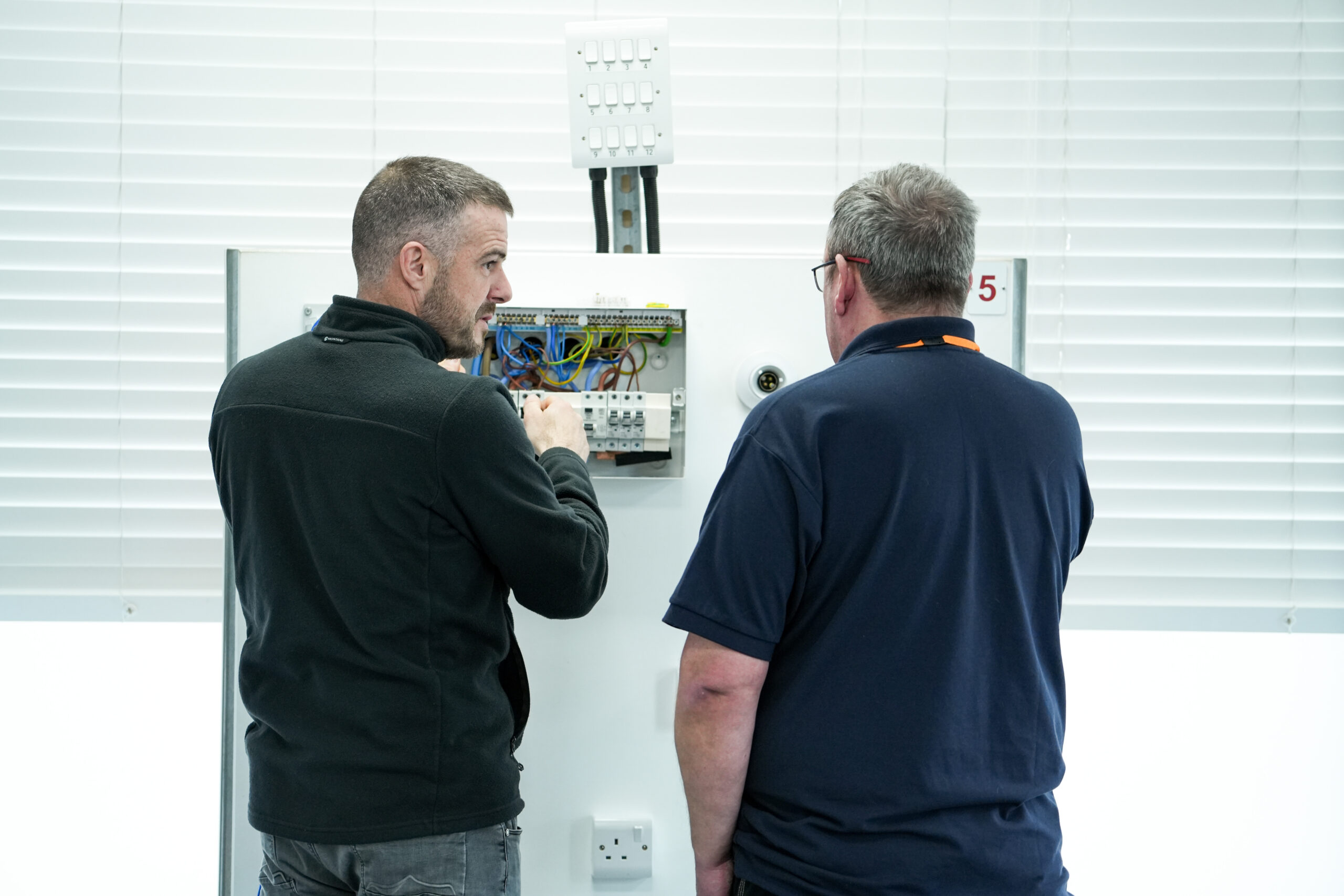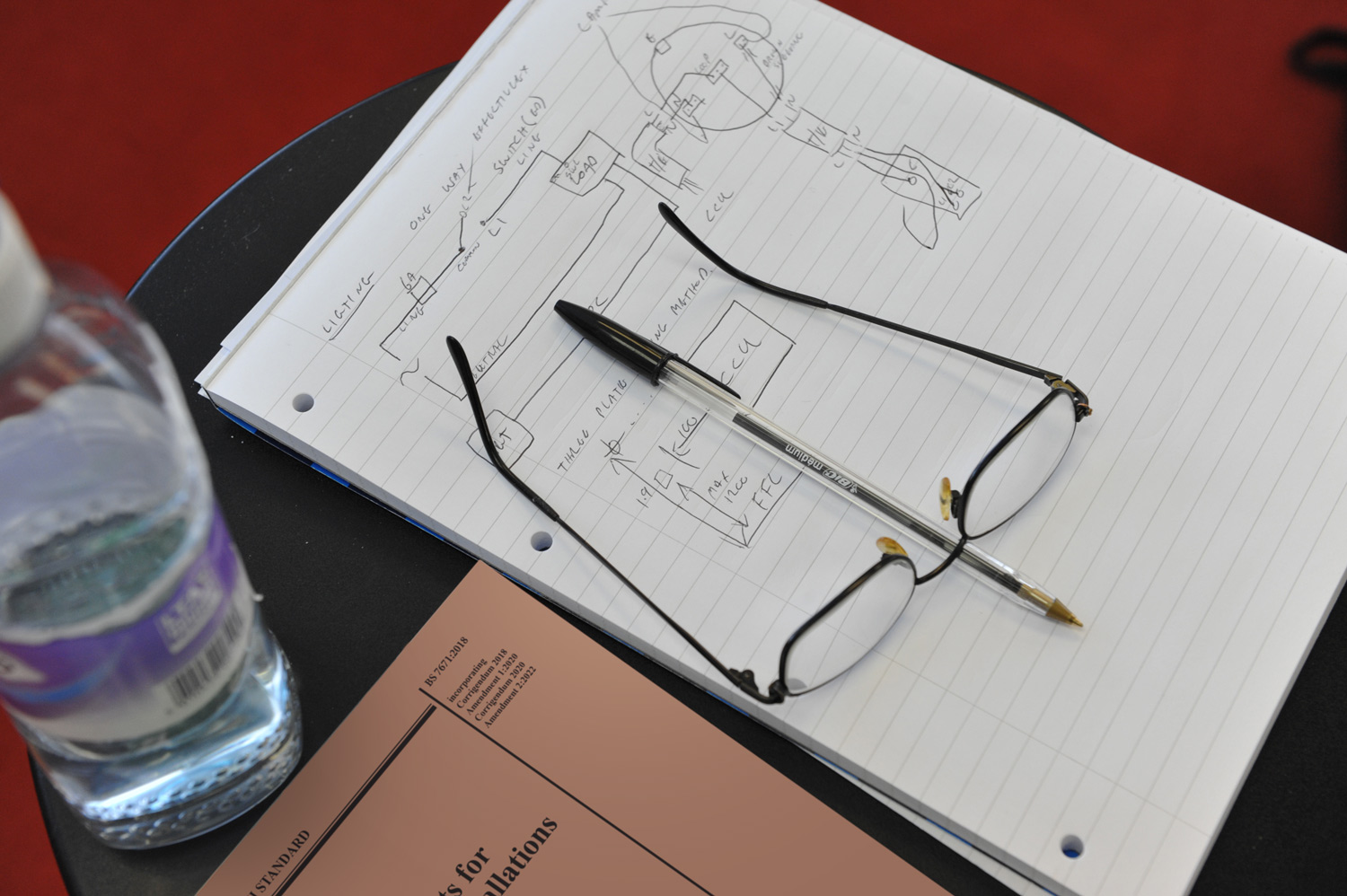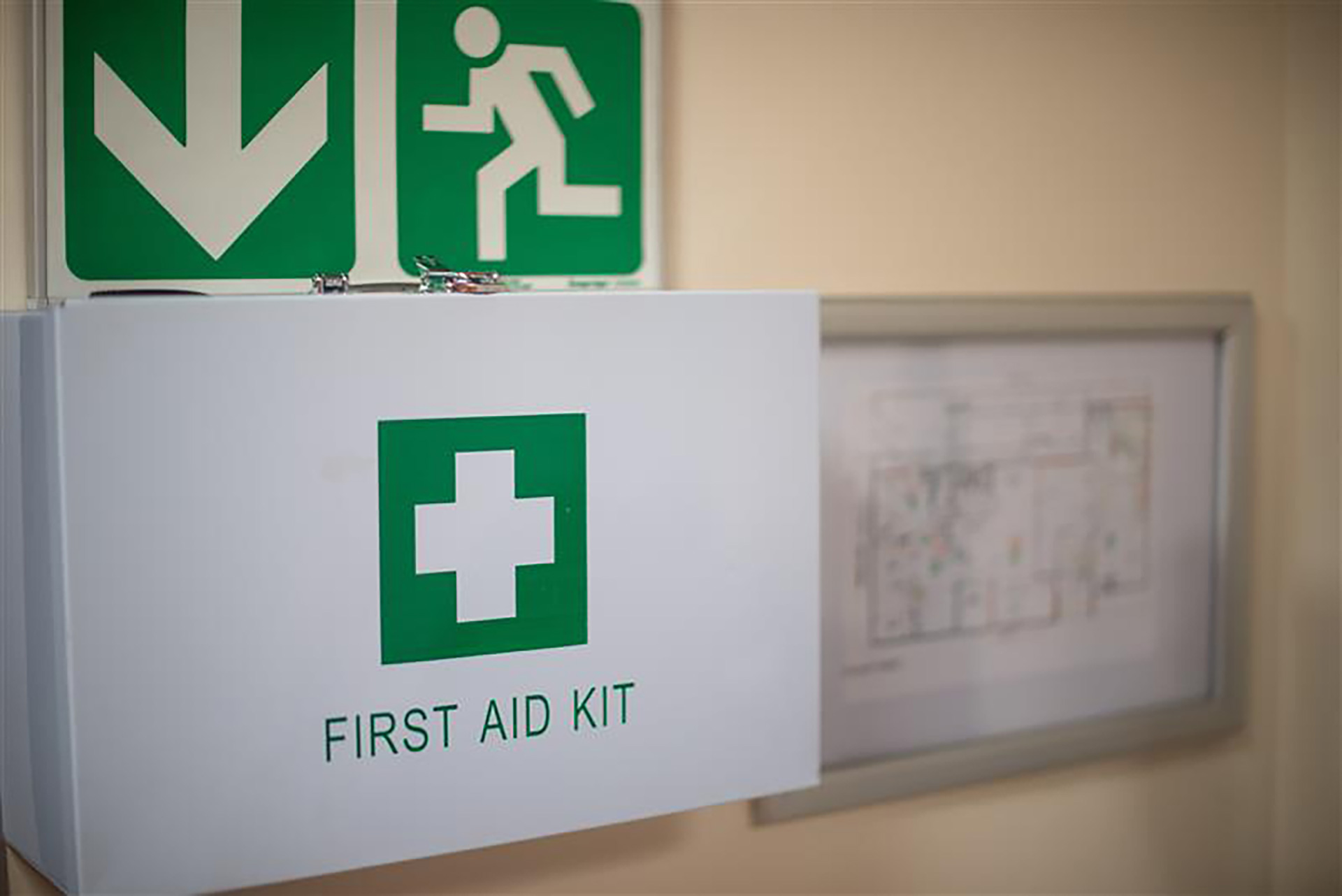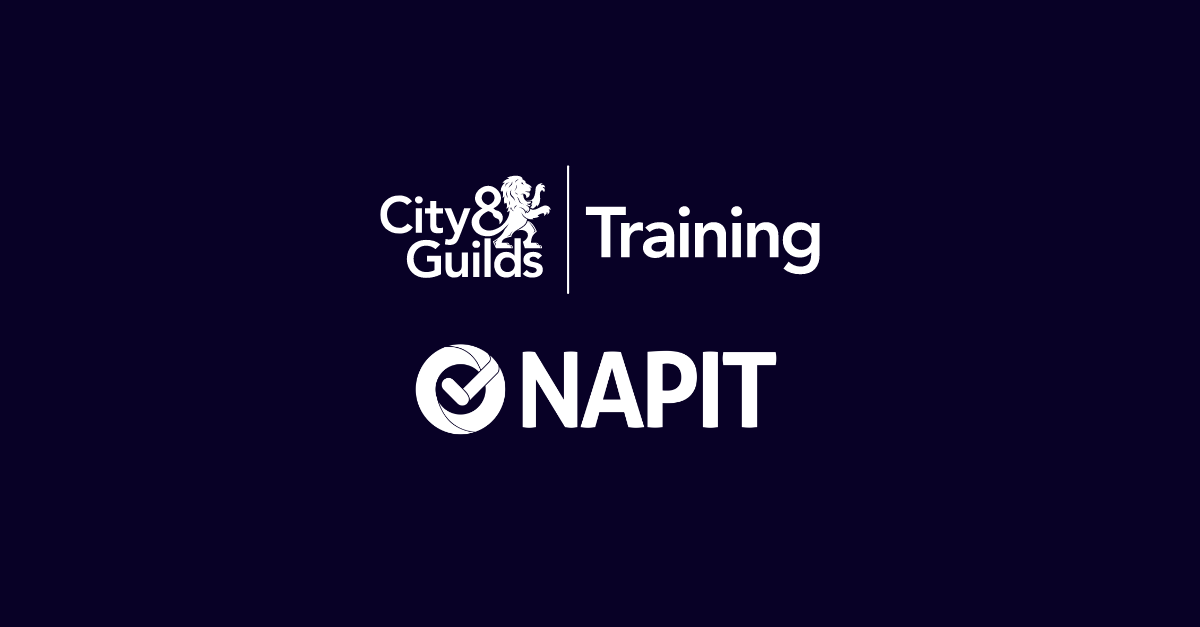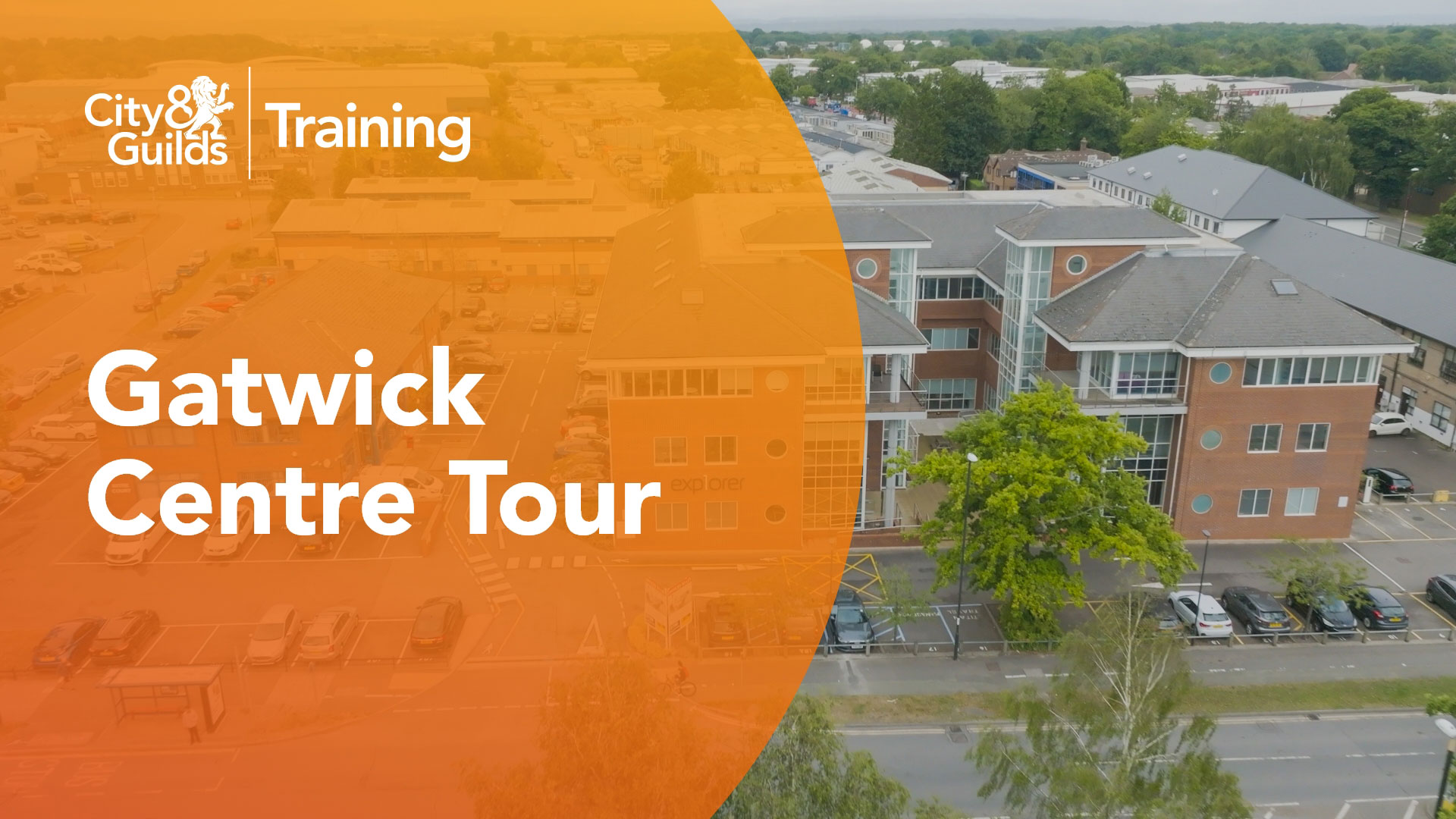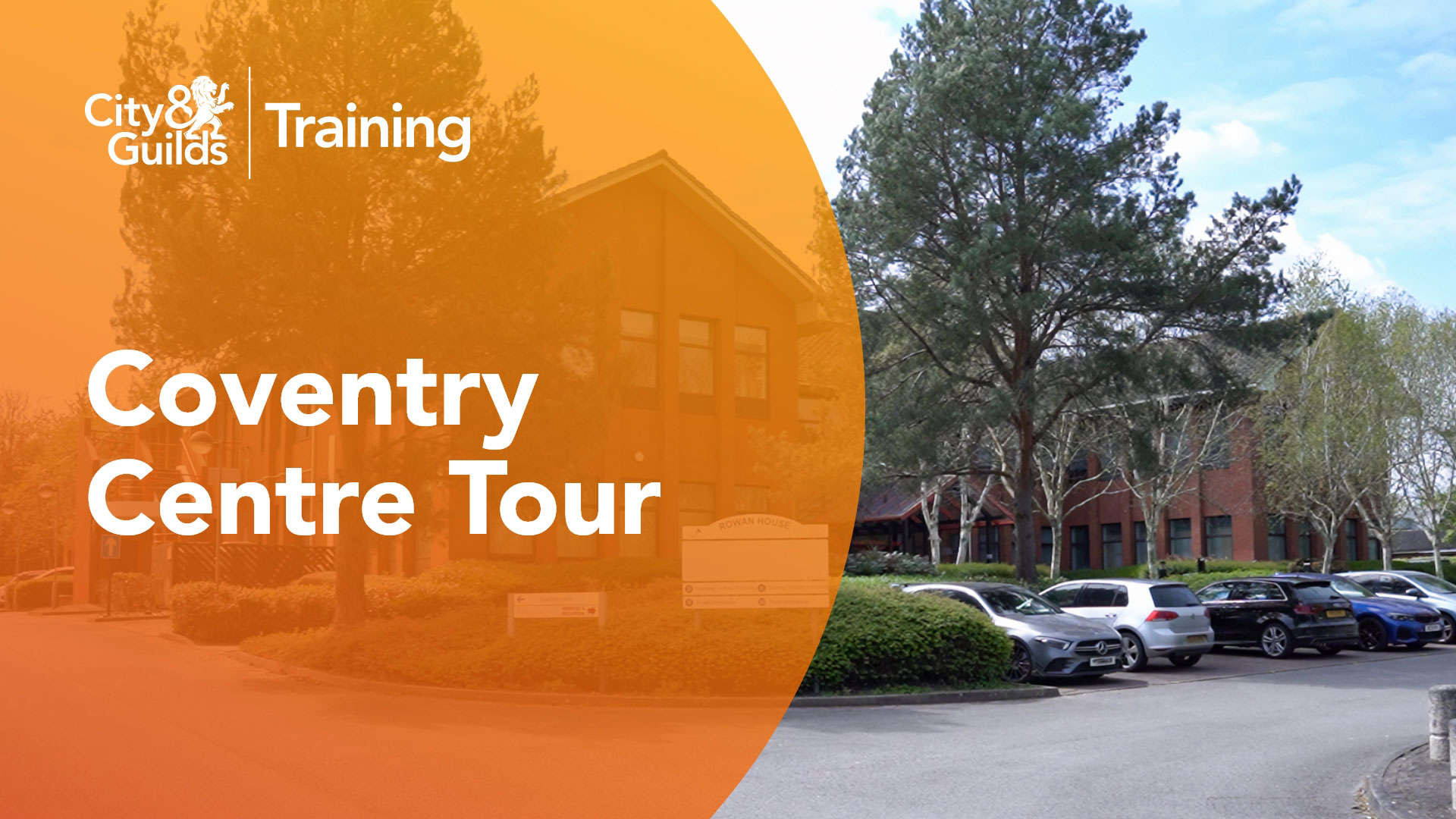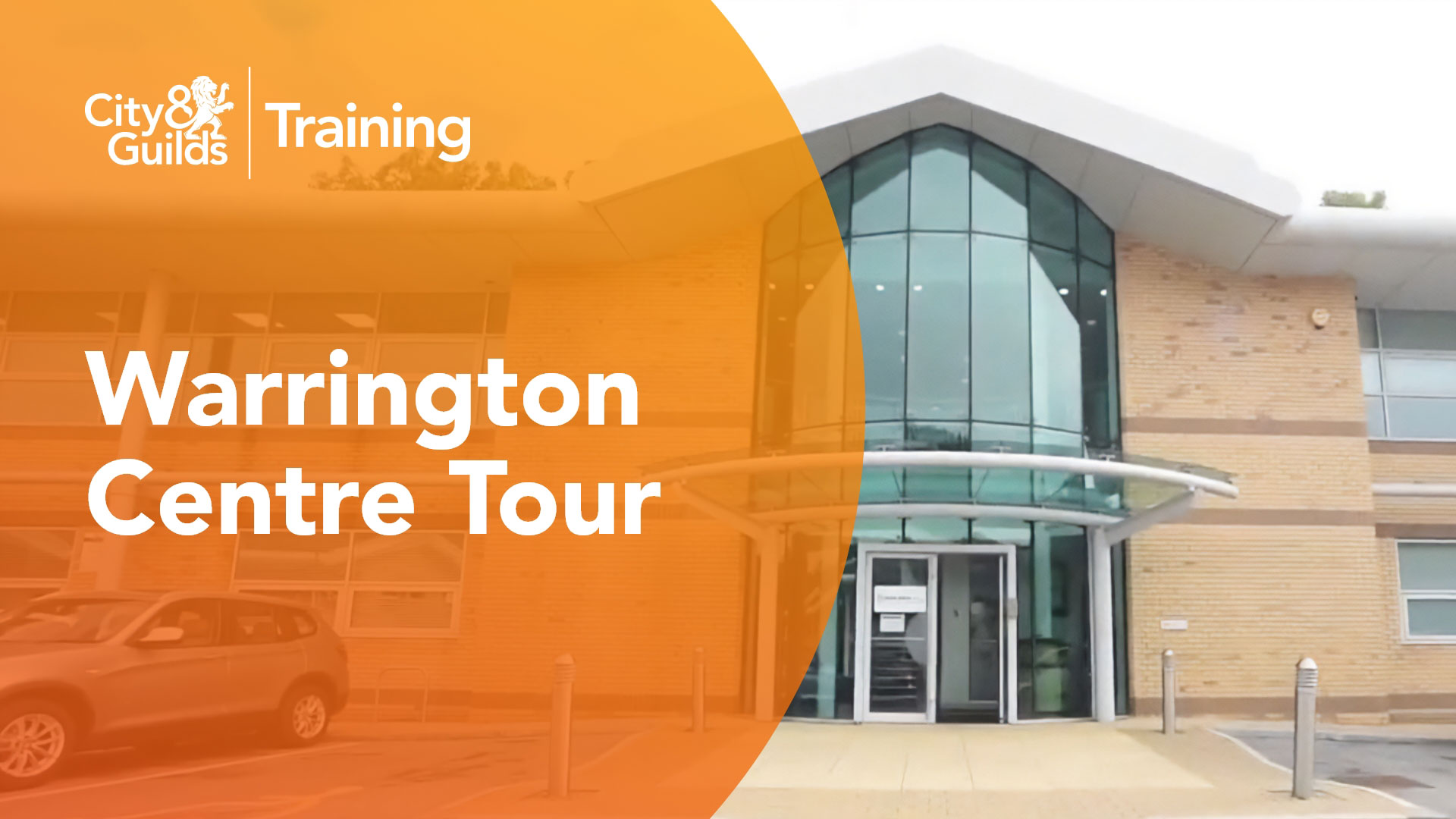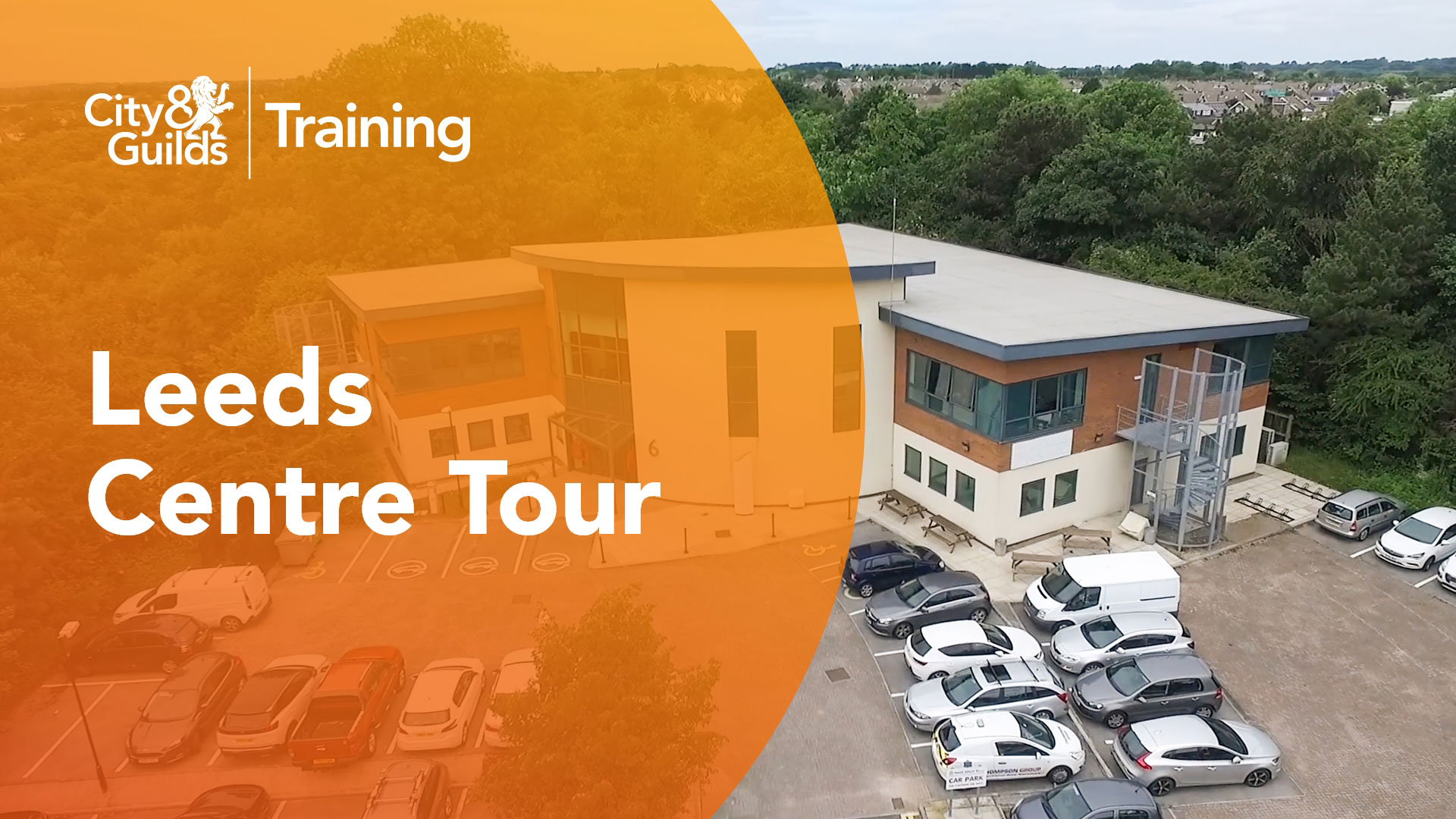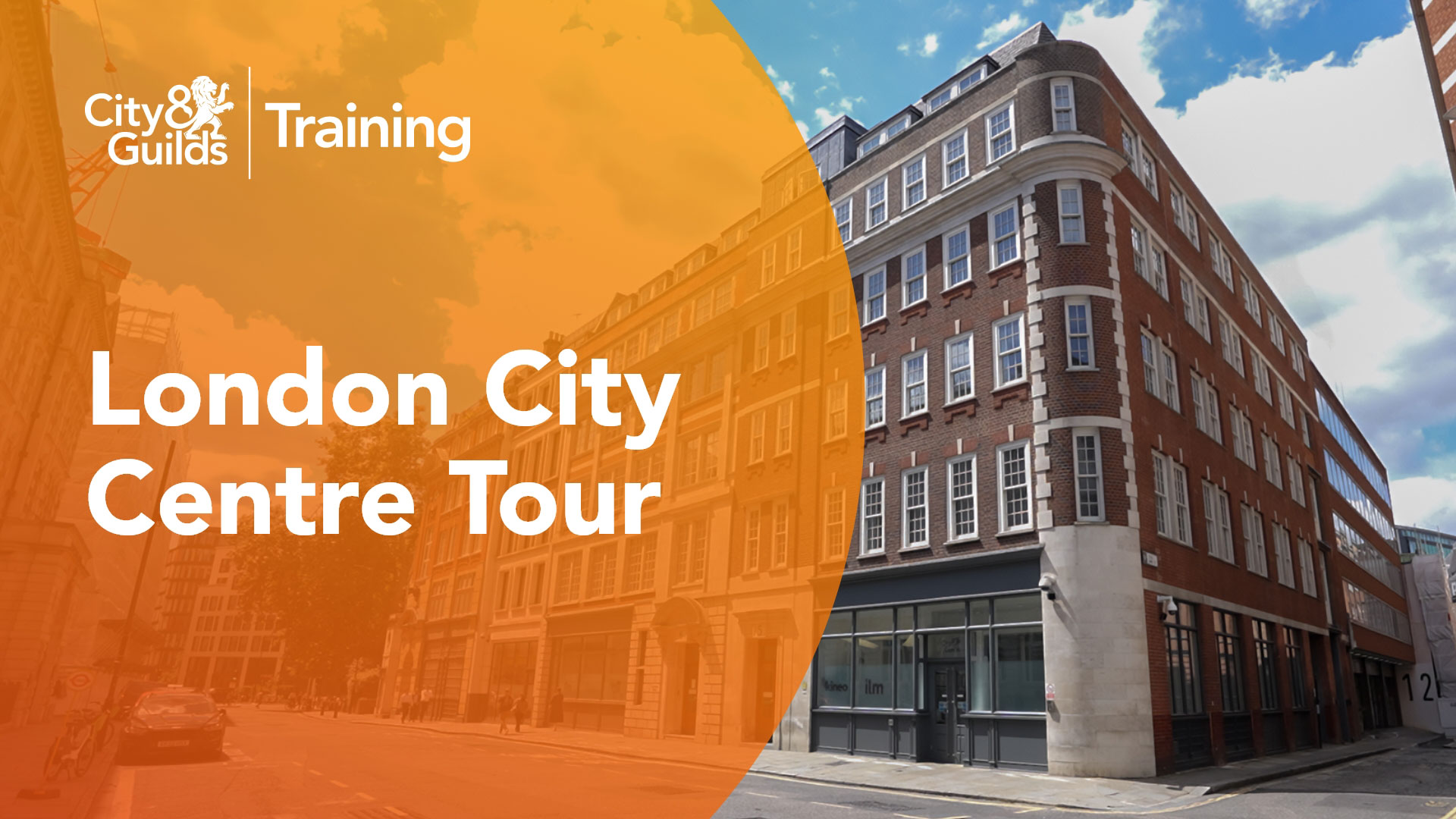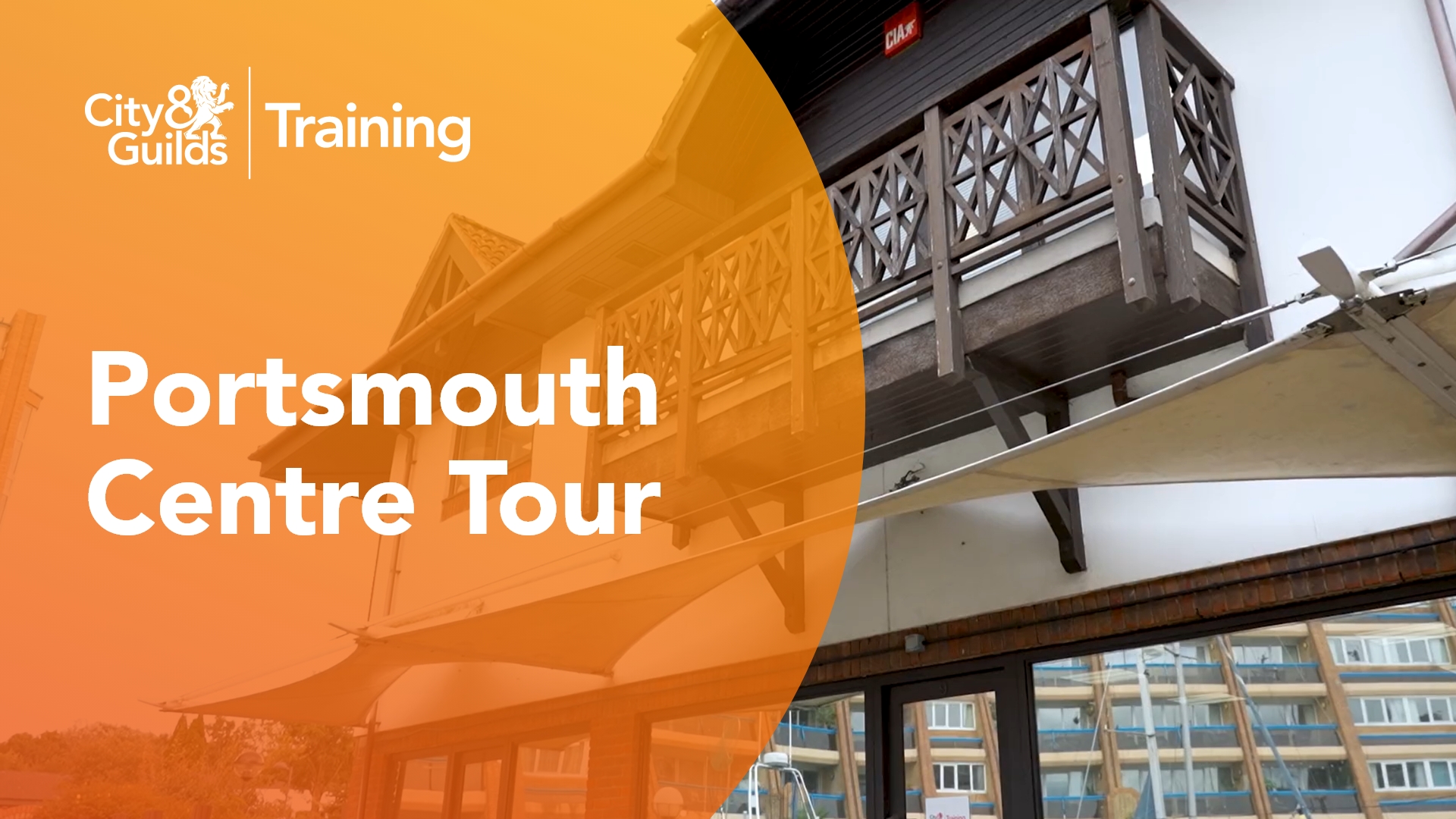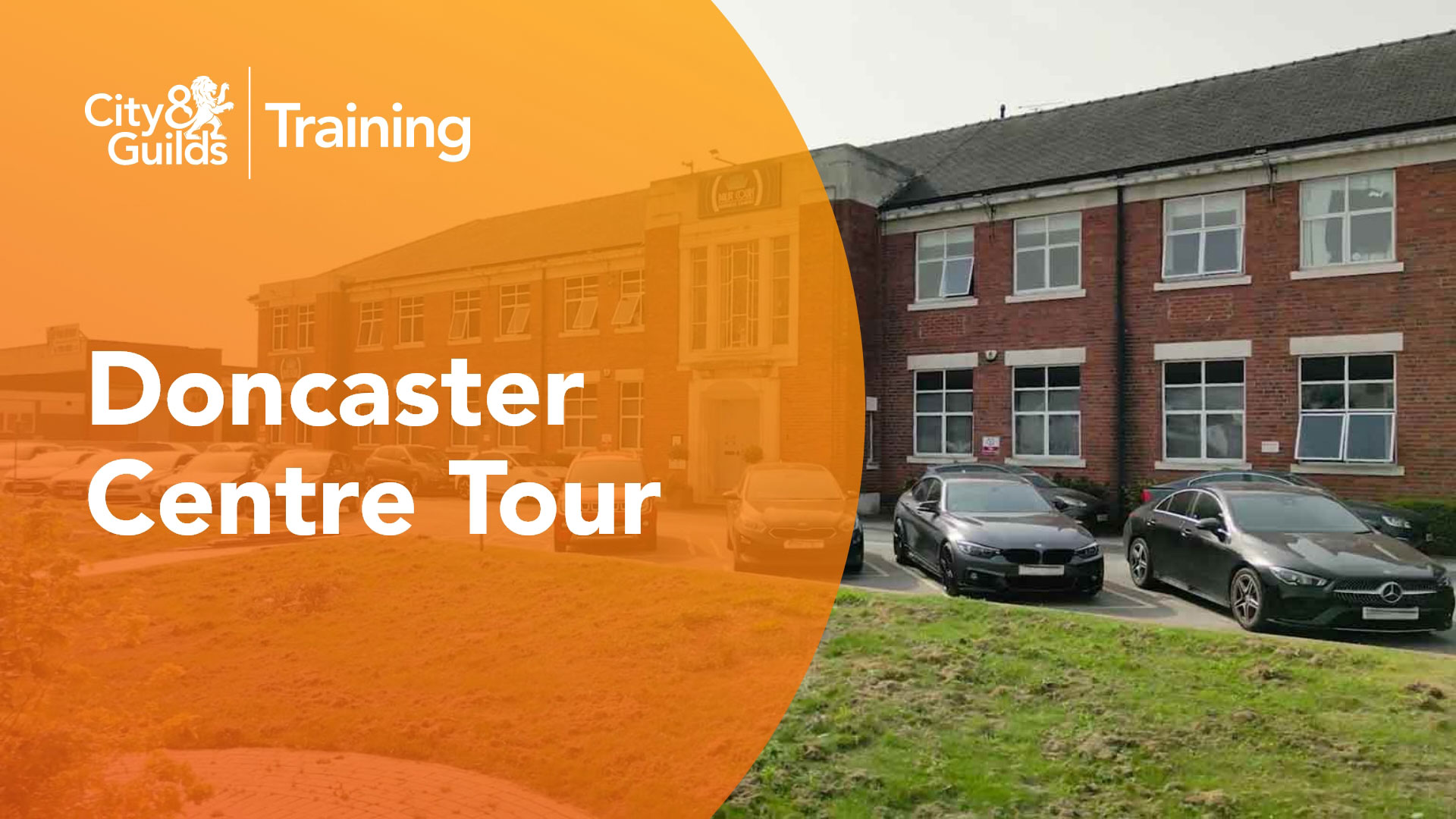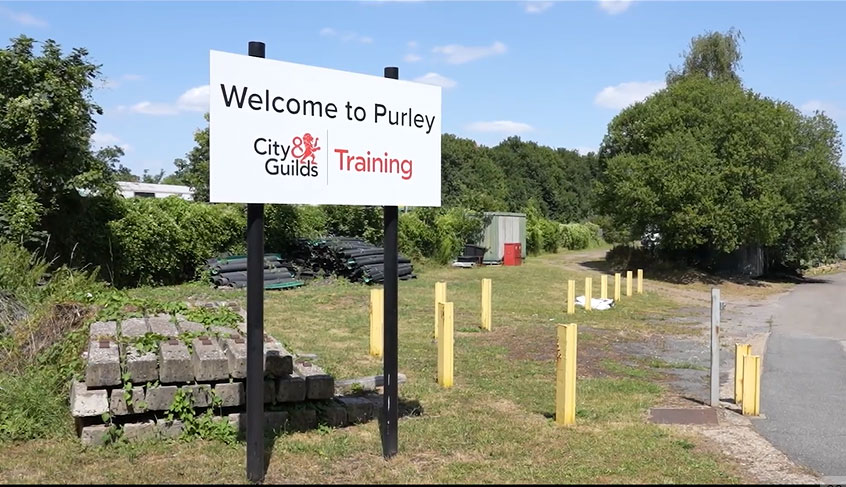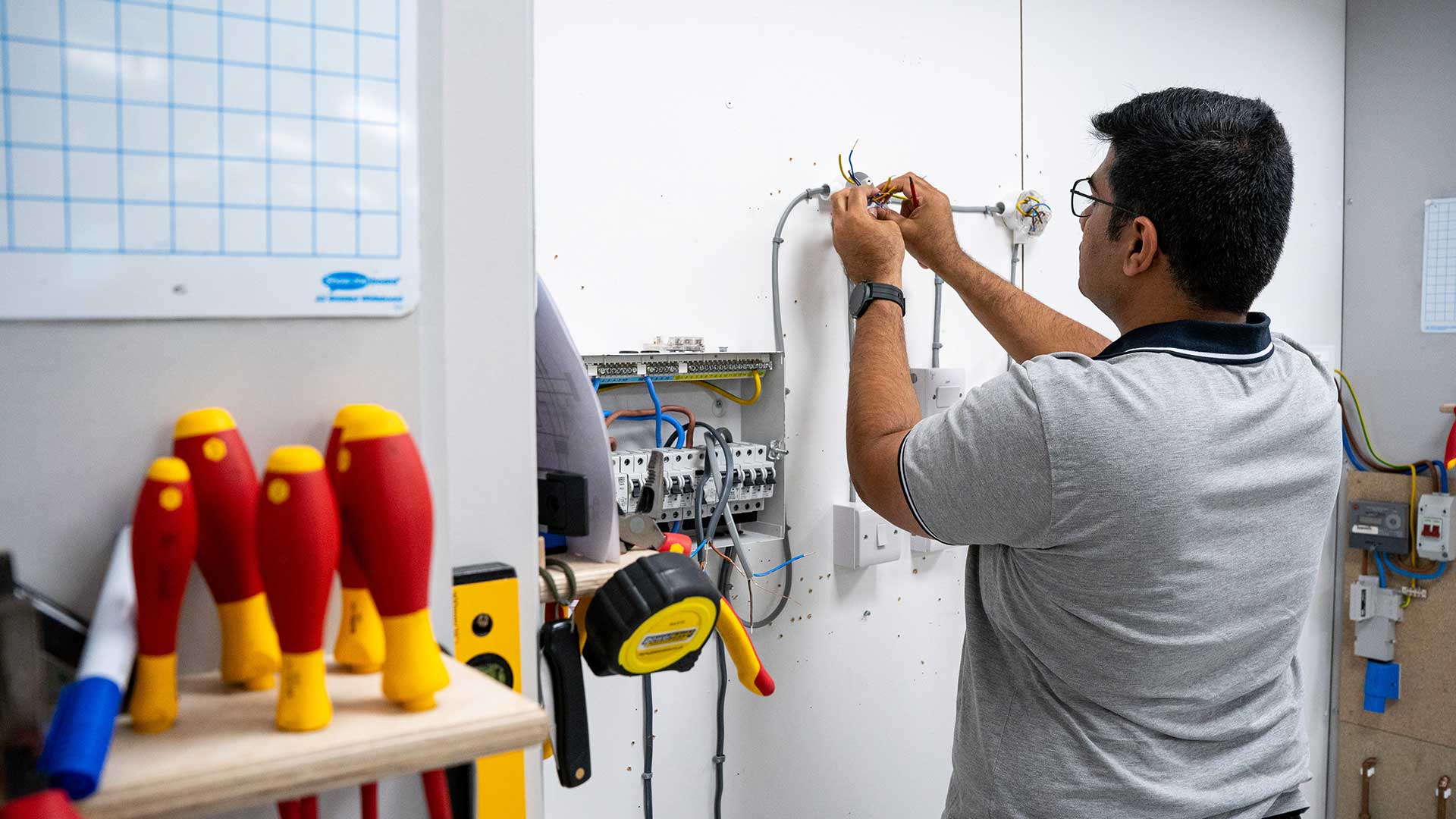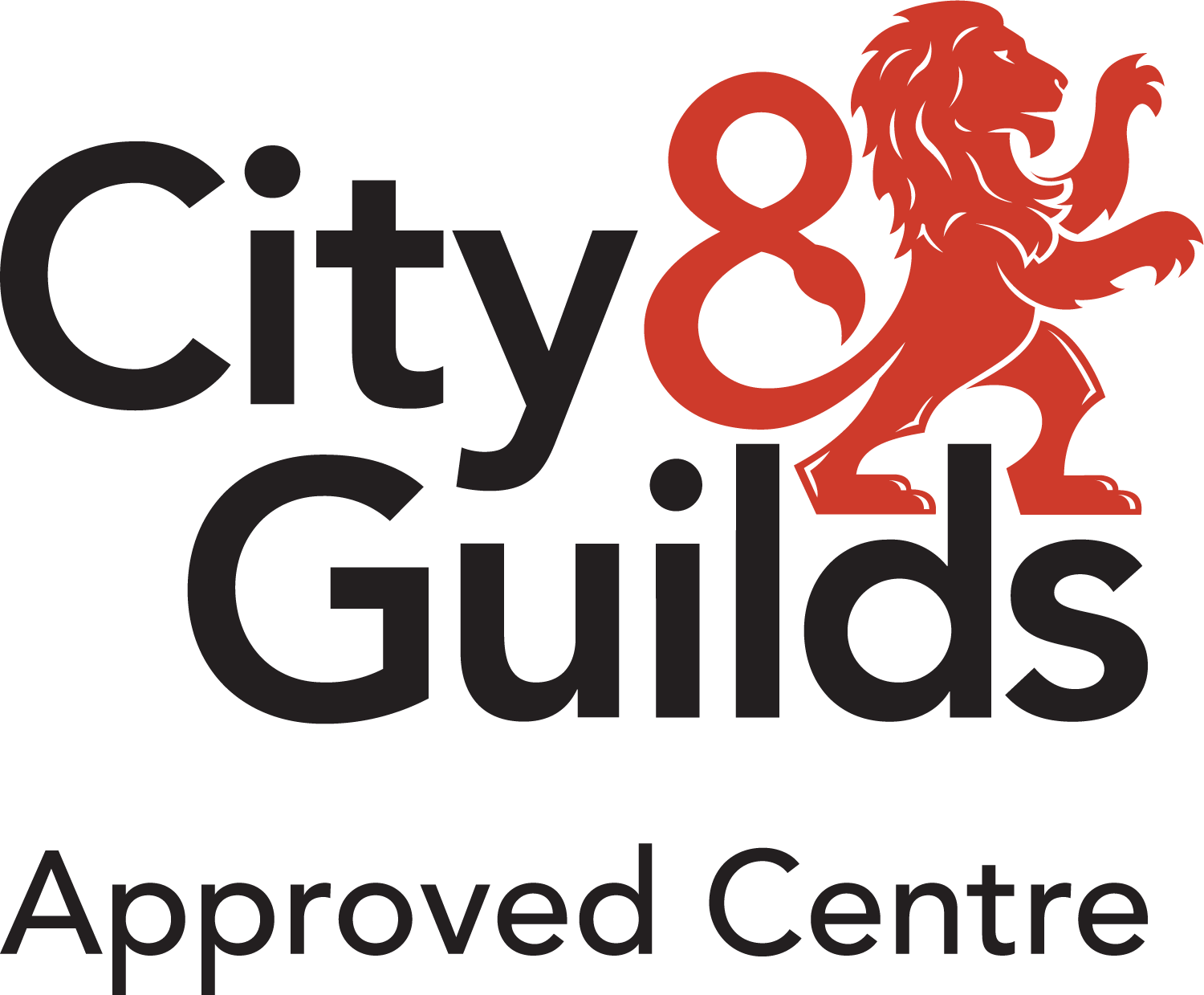In March 2020 we launched our 4 Steps Programme to become a domestic electrician, our most comprehensive electrical course available at all 4 electrical training centres.
Once completing our Step 1 Domestic Electrician Course you’ll have the skills & knowledge necessary to set up as a domestic installer and therefore register with HRMC as a sole trader (self-employed).
If you find work through a company (i.e. a local authority) you will be set up as an employee or PAYE meaning your taxes and deductions will be paid by your employer through your salary. Many electricians, however, prefer to work for themselves and to do so there are 3 ways (source HRMC website):
- Registering as a sole trader (self-employed)
- Set up your own limited company
- Become a partner in a business partnership
To register as a limited company or as a business partnership, we recommend completing our Step 1 to 3 Electrician Course Package. For more advice, you can always call our sales team on 0800 8564448.
Registering as a sole trader (self-employed)
You need to set up as sole trader as soon as your self-employment earning exceeded £1,000 during the last financial year.
As a sole trader, you will have the responsibility to keep a record of your earnings, invoices and expenses. You will also need to complete a yearly Self-Assessment which will calculate the amount of Income Tax and National Insurance Class 2 and Class 4 contributions.
It is a good idea to hire an accountant to help you with your bookkeeping. There are also a number of digital book-keeping options available such as QuickBooks Self Employed which allow you to keep a digital record of everything making Self-Assessment completion more straight forward (please read our other blog for further info on this and other useful electrician’s apps).
When you set up as a sole trader, you will be given 2 very important codes, make a record of these:
- Unique Taxpayer Reference (UTR) number (you will need to make tax payments, to complete your Self-Assessment and every time you need to contact HMRC)
- A Government Gateway user ID (you will need this to access your online HMRC Tax Account and to complete your Self-Assessment once a year)
To get started please visit the HMRC website at this link
Registering as a limited company
In some cases, it may be beneficial to set up as a limited company. This will ensure that your business finances are separate from your personal finances.
For electricians, setting up a limited company may elevate your business status and will give you access to a wider range of credit opportunities. Limited companies also only pay 19% Corporation Tax whereas sole traders pay between 20-45% income tax on their profits.
It is a good idea to hire an accountant if you’re thinking of setting up a limited company – to find out more an dto register visit the HMRC website at this link.
Become a partner in a business partnership
In a partnership, you and your partner jointly share the responsibility of your business which include losses, bills, stock and equipment. Business partners share profits and partner pays tax on their share of the business. To set up as a business partnership you need to visit the HRMC site on this link.
N.B. We recommend seeking professional advice before setting up your own business from either HMRC or a registered accountant.
HMRC Business Support Helpline (England)
enquiries@businesssupporthelpline.org
Telephone: 0800 998 1098

